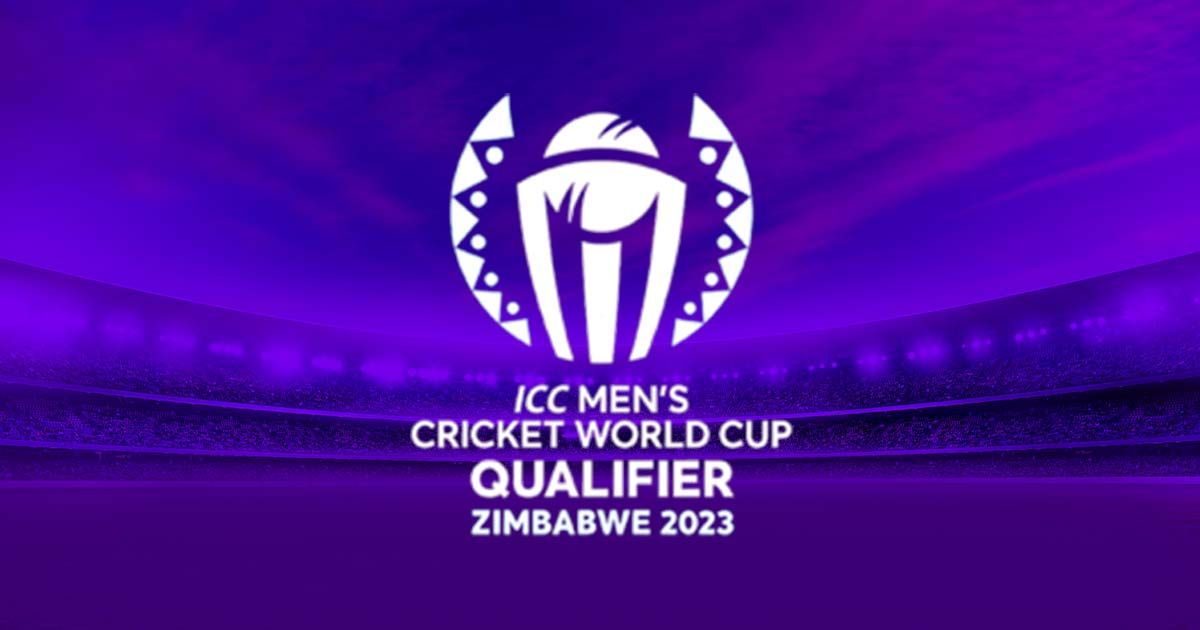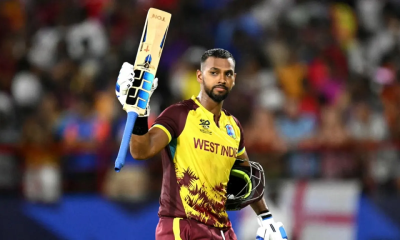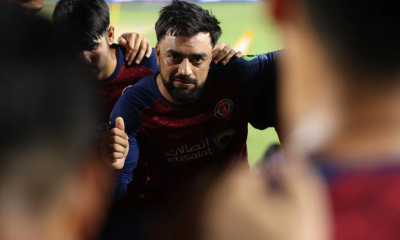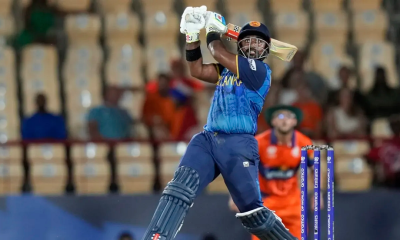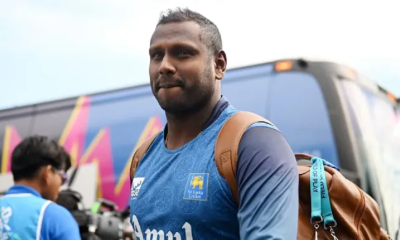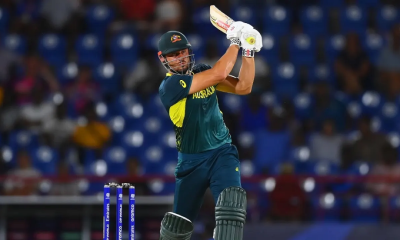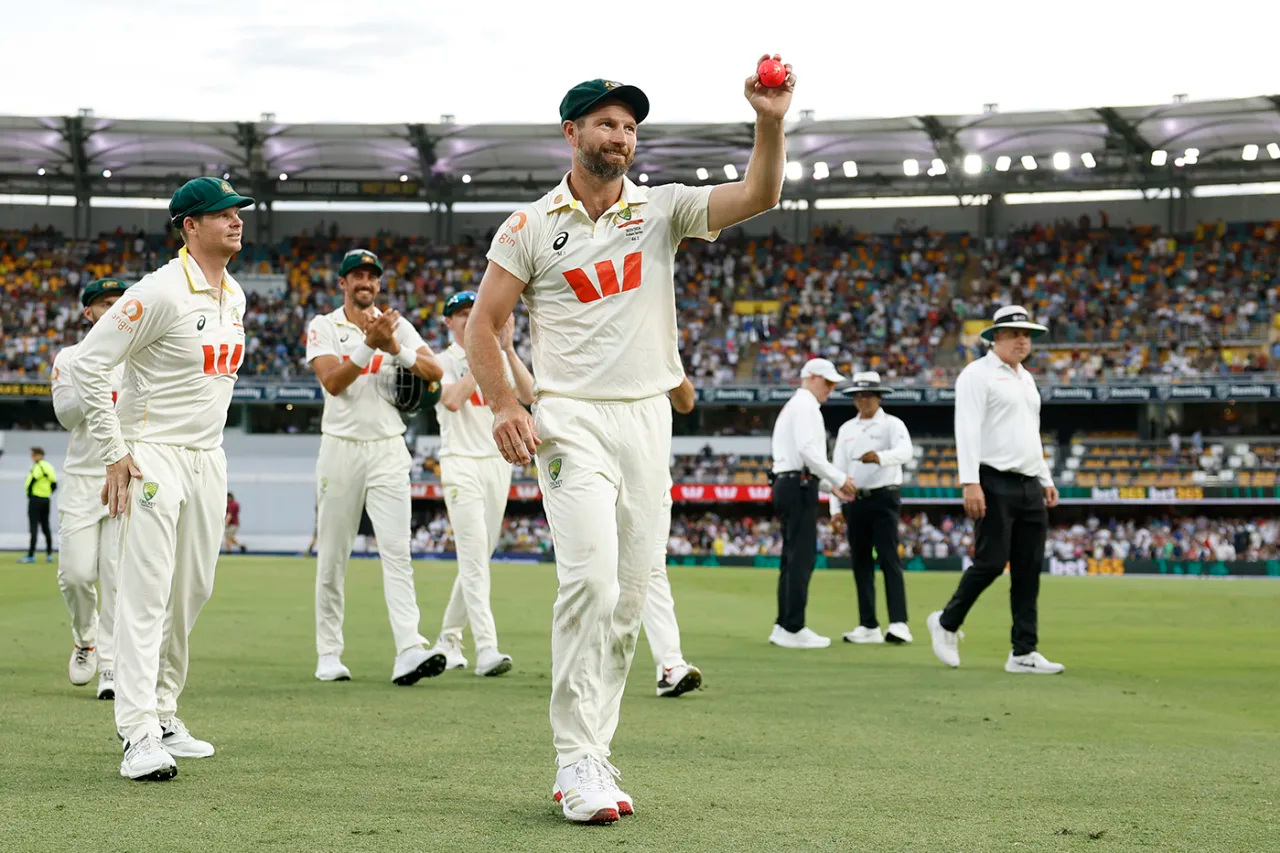The 1996 Cricket World Cup champions Sri Lanka booked their spot at the ICC Men’s Cricket World Cup 2023 with an emphatic win over Zimbabwe, as they extended their unbeaten run at the ICC Men’s Cricket World Cup Qualifier and moved to eight points on the Super Six standings.
Zimbabwe, who looked certain to finish in the top two, crashed out of the Qualifier after two consecutive losses at the hands of Sri Lanka and Scotland. It’s now a two-horse race between Scotland and Netherlands for the final spot, with their clash on Thursday, 6 July deciding their World Cup fate.
Only the top two teams at the end of the Super Six stage will qualify for the Cricket World Cup 2023 in India.
West Indies will not be among those qualifiers, after the two-time Cricket World Cup champions carried zero points into the Super Six stage then crashed out with a crushing defeat to Scotland.
Here is what each team needs to do to qualify for the Cricket World Cup:
1. Sri Lanka – QUALIFIED
Super Six played: 4
Super Six won: 4 (Oman, Scotland, Netherlands, Zimbabwe)
Super Six points: 8
Net run-rate: +1.817
Still to play: West Indies (7 July)
Sri Lanka have been in ominous form throughout the Cricket World Cup Qualifier, limiting each of their opponents so far to totals under 200 runs during their unbeaten run.
Even the clash with the previously undefeated Zimbabwe proved to be a one-sided affair as Sri Lanka cruised to an easy nine-wicket triumph. This win ensures that Sri Lanka will remain among the top two sides in the Super Six stage, and therefore qualify for the showpiece event in India.
2. Scotland
Super Six played: 4
Super Six won: 2 (Oman, West Indies, Zimbabwe)
Super Six points: 6
Net run-rate: +0.296
Still to play: Netherlands (6 July)
Scotland gave their qualification hopes a huge boost with a commanding victory over the West Indies, while effectively knocking out the two-time Cricket World Cup champions at the same time.
They followed that up with a massive win over hosts Zimbabwe to keep their Qualifier hopes alive.
A loss to the rampant Sri Lanka in the group stage might have proved costly for Scotland, but it is the Asian side’s win over Zimbabwe which has now reignited their hopes. That result puts Scotland’s qualification hopes in their own hands, thanks to their superior net run rate at this stage. A victory over Netherlands in their final game on Thursday will help them punch their tickets to India.
Likelihood of qualification: Great
3. Zimbabwe
Super Six played: 5
Super Six won: 3 (Netherlands, West Indies, Oman)
Super Six points: 6
Net run-rate: -0.099
Still to play: N/A
Two games ago, Zimbabwe were seen as one of the favourites to finish in the top two of the Qualifier alongside Sri Lanka. Two games later, in heartbreaking fashion, they crashed out of the tournament after consecutive losses against Sri Lanka and Scotland.
The hosts kicked off the Super Six stage as the tournament pacesetters alongside Sri Lanka, with the teams sharing identical win-loss records until their high-stakes clash. However, a nine-wicket loss against Sri Lanka not only dented their confidence but also their net run rate.
Zimbabwe still had their fate in their own hands but Scotland bowlers brought their A-game to the do-or-die match as the hosts slumped to a 31-run loss that saw them crash out of the Qualifier.
This loss means that Zimbabwe will be missing out on their second consecutive World Cup after missing out in 2019.
Likelihood of qualification: None
4. Netherlands
Super Six played: 4
Super Six won: 2 (West Indies, Oman)
Super Six points: 4
Net run-rate: -0.042
Still to play: Scotland (6 July)
Netherlands surged into the Super Six stage with a stirring Super Over victory over the West Indies, and also gave both Zimbabwe and Sri Lanka a scare with some brilliant batting.
Those honourable losses to the tournament standouts still look set to cost Netherlands dearly, as even a victory over Scotland in their remaining Super Six match is unlikely to lift them into a top-two spot.
There is still hope for Netherlands but they would need to defeat Scotland by a significant margin to boost their lowly net run-rate.
But the Netherlands have already shown at this Cricket World Cup Qualifier that it would be foolhardy to write them off too early.
Likelihood of qualification: Low
5. West Indies
Super Six played: 3
Super Six won: 0
Super Six points: 0
Net run-rate: -0.510
Still to play: Oman (5 July), Sri Lanka (7 July)
The two-time Cricket World Cup champions will not be part of the showpiece event for the very first time after a devastating loss to Scotland ended their qualification hopes.
West Indies carried zero points into the Super Six stage after Netherlands snatched a thrilling victory from them in a Super Over during the group stage, while they also ran out of wickets in a competitive chase against Zimbabwe.
The Caribbean outfit will want to save face against Oman and perhaps shake up the final Super Six standings against Sri Lanka, but will otherwise have to turn their focus to what went wrong and how to turn it around.
Likelihood of qualification: None
6. Oman
Super Six played: 4
Super Six won: 0
Super Six points: 0
Net run-rate: -2.072
Still to play: West Indies (5 July)
Oman kicked off their tournament with a pair of rousing triumphs over Ireland and UAE, but arguably impressed even more when giving Zimbabwe a scare while chasing 332 in the Super Six opener.
The Asia nation will now be out to claim one more victory to finish their encouraging campaign on a high, although a spot in the Cricket World Cup is already out of reach.
Likelihood of qualification: None
(ICC)

